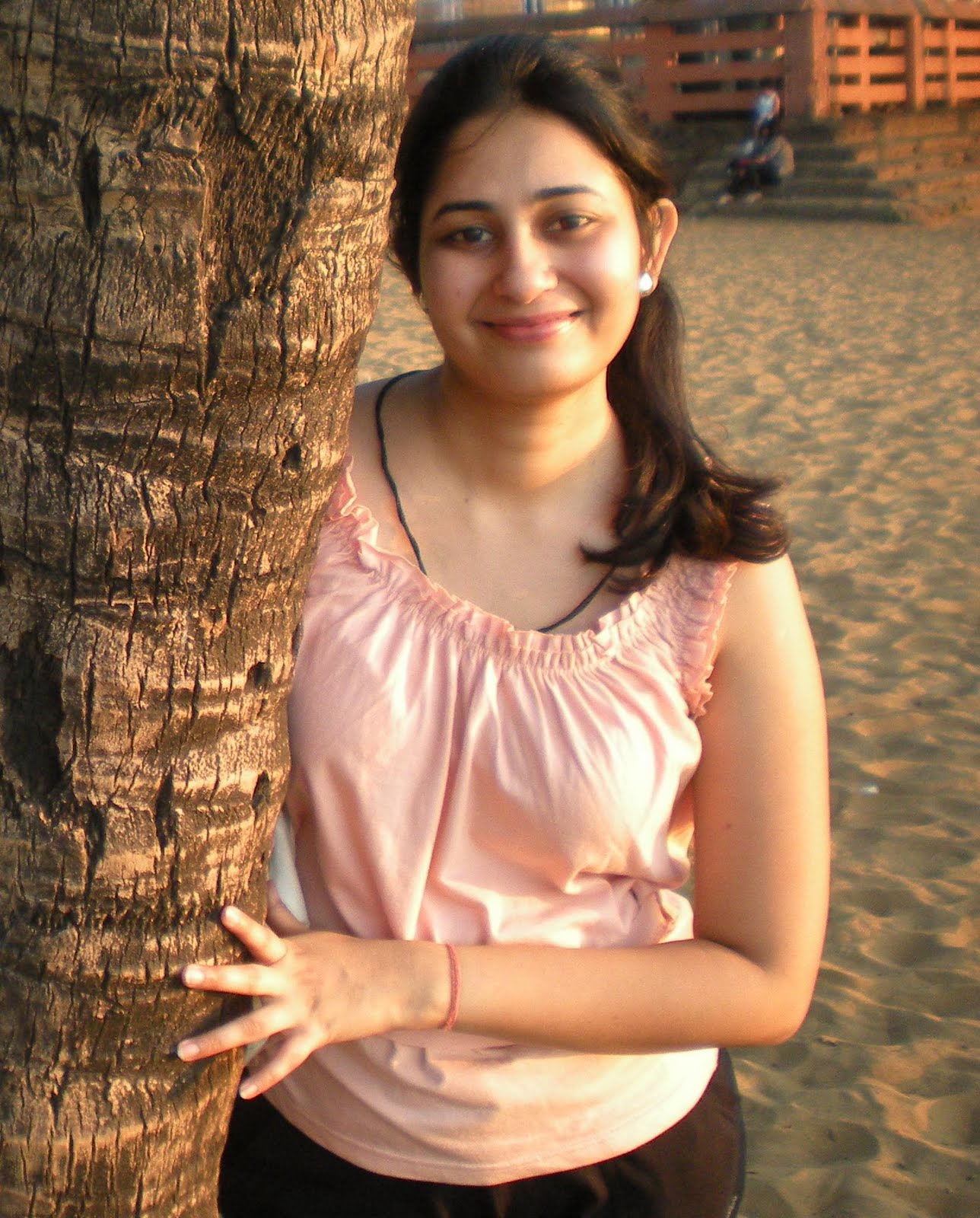Exploring The Essence Of My Desi Culture
My desi culture is a vibrant tapestry woven with rich traditions, diverse languages, and colorful festivals. It represents not just a geographical identity but also a shared ethos that transcends borders. The term "desi" is often used to describe the cultural essence of South Asia, particularly in countries like India, Pakistan, Bangladesh, and Nepal. It encapsulates the warmth of family ties, the rhythm of folk music, and the richness of culinary delights that are passed down through generations.
In this article, we will delve into various aspects of my desi life, exploring the customs, stories, and experiences that shape our identities. From the bustling markets to the serene temples, every element reflects the beauty and complexity of desi culture. Whether you're someone who identifies with this rich heritage or a curious outsider, you will find a wealth of insights that celebrate the spirit of my desi.
Join us as we embark on a journey through the heart of my desi world, where every celebration is a reason to gather, and every meal is a feast for the senses. Discover the stories that resonate within our communities and the values that guide our lives. Let’s explore the significance of my desi culture together!
What is the History Behind My Desi Culture?
The roots of my desi culture can be traced back thousands of years, intertwined with the histories of various civilizations that have flourished in South Asia. From ancient Indus Valley civilization to the Mughal Empire, each era has contributed to the rich heritage that we celebrate today. Key influences include:
- Religious Diversity: Hinduism, Islam, Buddhism, and Sikhism have all played significant roles.
- Colonial Impact: The British Raj introduced new governance systems and educational reforms.
- Post-Independence Evolution: The partition of India and the establishment of new nations reshaped cultural identities.
How Does My Desi Culture Manifest in Daily Life?
Daily life in my desi community is marked by a blend of traditions and modern influences. Here are some key aspects:
- Family Bonds: Family is the cornerstone of our culture, with strong emphasis on respect for elders and communal living.
- Culinary Traditions: Food is not just sustenance; it is a way of connecting with heritage—think biryanis, curries, and sweets.
- Language and Communication: Multiple languages and dialects enrich our interactions, showcasing the diversity within our culture.
What Role Do Festivals Play in My Desi Culture?
Festivals are the heart and soul of my desi culture. They provide a time for families to come together, celebrate, and reaffirm their cultural heritage. Some of the most celebrated festivals include:
- Diwali: The festival of lights symbolizes the victory of light over darkness.
- Eid: A time of feasting and giving, marking the end of Ramadan.
- Holi: The festival of colors that celebrates love and the arrival of spring.
Who Are Some Influential Figures in My Desi Culture?
Throughout history, numerous individuals have shaped and influenced my desi culture. From artists to political leaders, their contributions resonate within our communities. Below is a table highlighting a few notable figures:
| Name | Profession | Contribution |
|---|---|---|
| Mahatma Gandhi | Political Leader | Advocated for non-violent resistance and independence. |
| Ravi Shankar | Musician | Popularized Indian classical music worldwide. |
| M. F. Husain | Artist | Known for his vibrant paintings that reflect Indian culture. |
How Does My Desi Culture Influence Art and Literature?
The influence of my desi culture on art and literature is profound, manifesting in various forms. Renowned artists and writers have drawn inspiration from their experiences, leading to a rich legacy:
- Poetry: Poets like Faiz Ahmed Faiz have captured the essence of love and struggle.
- Dance and Music: Classical and folk forms like Kathak and Bhangra showcase the vibrant rhythms of our culture.
- Film Industry: Bollywood has become a global phenomenon, influencing storytelling and cinematic styles.
Why Is Food an Integral Part of My Desi Identity?
Food is an essential component of my desi identity, reflecting regional diversity and culinary traditions. Meals are often prepared with a plethora of spices, each bringing a unique flavor. Some popular dishes that define my desi culinary landscape include:
- Biryani: A fragrant rice dish made with marinated meat and spices.
- Samosas: Savory pastries filled with spiced potatoes and peas.
- Gulab Jamun: A sweet dessert made from milk solids and soaked in syrup.
What Challenges Does My Desi Culture Face Today?
While my desi culture is rich and diverse, it faces numerous challenges in the modern world. Globalization, migration, and social changes have led to both opportunities and obstacles:
- Preservation of Traditions: Balancing modernity with cultural preservation is a significant concern.
- Representation: Ensuring accurate representation in global media and politics is crucial.
- Social Issues: Addressing gender inequality and caste discrimination remains a priority.
How Can I Contribute to the Preservation of My Desi Culture?
As individuals, we hold the power to keep my desi culture alive. Here are some ways to contribute:
- Education: Learning and teaching about our history and traditions.
- Community Engagement: Participating in local cultural events and festivals.
- Support Local Artisans: Promoting traditional crafts and cuisines within our communities.
In conclusion, my desi culture is a living, breathing entity that reflects our past, shapes our present, and guides our future. It is a culture that thrives on connection, celebration, and continuity. By understanding its nuances, we can appreciate the beauty of my desi and contribute to its vibrant legacy for generations to come.
Article Recommendations
- Sarah Jakes Roberts Age
- Jackerman
- Simon Guobadia Net Worth
- Teresa Weatherspoon Wife
- Is Barron Trump Gay
- Jessica Springsteen Married
- P Diddy Games Unblocked
- Elsa Dutton
- Nayib Bukele Religion
- Tom Cruise Young


